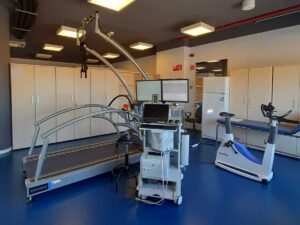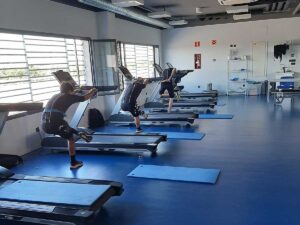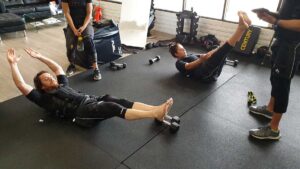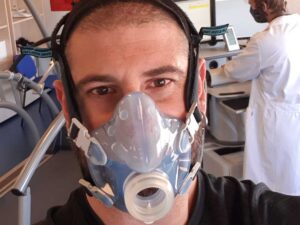The gains in muscle strength is directly related to the degree of tension of muscle contraction caused by electrostimulation. This means that as the intensity of the current and the pulse duration of the electrostimulation increase, the gains in force increase, because a large number of motor units are activated. This occurs regardless of the type of frequency.
As for the discomfort of the electrical impulse, long impulses produce greater annoyance than short impulses. And on the other hand, it could be said that the low frequency and the medium frequency produce the same level of discomfort.
Analyzing what we have said above, currents with long pulse durations induced approximately 21% more force than short pulse durations. In addition, currents with 500 microseconds, greater amounts of charge than electrostimulation were obtained using pulse durations of 250 microseconds.
Finally, it is thought that the low frequency as the average frequency with the same pulse duration, have a similar efficiency to induce the isometric strength of knee extension. The electrostimulation with a longer duration of the pulse induces a greater force, independently of the frequency. Knowing this, we can not come to a clear conclusion that one frequency is better than the other.
Bibliography
- Vinicius Zacarias Maldaner da Silva, João Luiz Quaglioti Durigan , Ross Arena , Marcos de Noronha , Burke Gurney and Gerson Cipriano Jr.. (2015). kilohertz-frequency and low-frequency current on quadriceps evoked torque and discomfort in healthy individuals: a systematic review with meta-analysis. Physiotherapy Theory and Practice, 31, 533-539.







